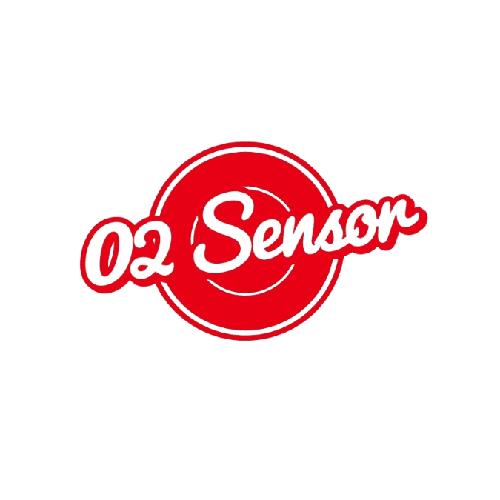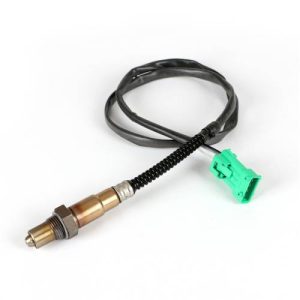Your cart is currently empty!
250-24105 Upstream downstream oxygen sensor role: Honda CR-V LX owners must read
Welcome, Honda CR-V LX owners and fellow car enthusiasts, to this informative article on the critical role of the 250-24105 upstream and downstream oxygen sensors in your vehicle's performance. As a seasoned automotive parts specialist, I am here to shed light on these essential components and how they play a vital role in optimizing your Honda CR-V LX's engine efficiency and emissions control.
Understanding the 250-24105 Upstream Downstream Oxygen Sensors
The Significance of Oxygen Sensors in Your Honda CR-V LX
The 250-24105 upstream and downstream oxygen sensors are fundamental components of your Honda CR-V LX's emissions control system. They work together to monitor the amount of oxygen present in the exhaust gases and provide crucial feedback to the engine control module (ECM). The ECM uses this data to adjust the air-fuel mixture for optimal combustion efficiency.
The Upstream Oxygen Sensor: The upstream oxygen sensor is located before the catalytic converter, and its primary function is to measure the oxygen levels in the exhaust gases as they exit the engine. This data helps the ECM adjust the air-fuel ratio to ensure complete combustion, reducing harmful emissions and improving fuel economy.
The Downstream Oxygen Sensor: Positioned after the catalytic converter, the downstream oxygen sensor evaluates the effectiveness of the catalytic converter in reducing emissions. By comparing the oxygen levels before and after the converter, the ECM can determine its efficiency and detect any issues with the converter's performance.
Importance of Regular Maintenance: As these oxygen sensors play a crucial role in your CR-V LX's performance and emissions control, it is essential to ensure they are well-maintained. Regular inspections and replacements, if necessary, will keep your vehicle running smoothly and efficiently, while also contributing to a cleaner environment.
Troubleshooting and Diagnosing Oxygen Sensor Issues
Common Problems and How to Address Them
Oxygen Sensor Failure: Over time, oxygen sensors can become contaminated or worn out, leading to inaccurate readings. This could trigger the check engine light and negatively impact fuel efficiency and emissions. When faced with a faulty oxygen sensor, it is crucial to replace it promptly with a high-quality and compatible replacement, such as the 250-24105.
Catalytic Converter Problems: If the downstream oxygen sensor detects inefficiencies in the catalytic converter, it may indicate that the converter is clogged or malfunctioning. Addressing this issue promptly is essential, as a faulty converter can lead to increased emissions and potentially damage other engine components.
Wiring and Connector Issues: Faulty wiring or connectors can also cause oxygen sensor problems. Regularly inspecting and ensuring the integrity of the sensor's connections can help prevent issues and maintain accurate readings.
Remember, whenever you encounter any of these problems, consult a qualified mechanic or automotive specialist to diagnose and resolve the issue properly.
In conclusion
the 250-24105 upstream and downstream oxygen sensors are integral to the optimal performance and emissions control of your Honda CR-V LX. By understanding their roles and importance, you can take proactive measures to ensure your vehicle operates efficiently while minimizing its environmental impact.
Regular maintenance and timely replacements, when necessary, will not only keep your CR-V LX running smoothly but also contribute to cleaner air for everyone. As responsible Honda CR-V LX owners, let us embrace the significance of these sensors and pave the way for a greener automotive future. Drive safely and eco-consciously!






Leave a Reply